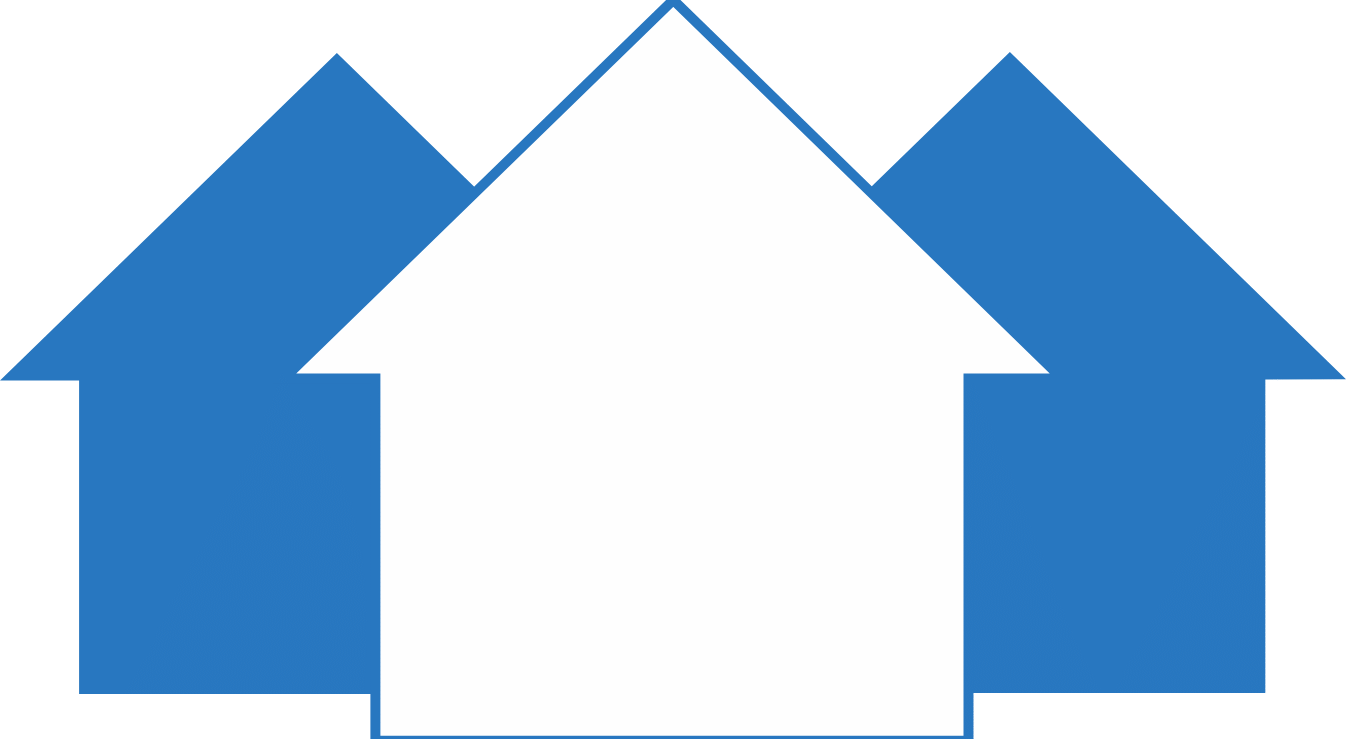A vacant home can cost you far more than just lost rent or an unused space. From higher insurance premiums to city fines and maintenance costs, owning an empty property can add up to 4–5% of its value annually—excluding any mortgage payments.
1. Higher Insurance Costs
- Standard home insurance often doesn’t cover vacant properties.
- You may need to buy vacant or unoccupied home insurance, which can be much more expensive—especially after 30+ days of vacancy.
2. Vacant Property Fines & Regulations
- Many cities require you to register vacant homes, maintain them, and secure them from becoming nuisances.
- Fines, registration fees, and even liens can result from non-compliance.
3. Ongoing Maintenance & Repairs
- Empty homes still need lawn care, pest control, and regular inspections.
- Small problems can go unnoticed and turn into costly repairs if left unmanaged.
4. Property Taxes
- Property taxes don’t pause just because your home is empty.
- Falling behind can result in tax delinquency or even forfeiture.
5. Mortgage Payments (If Any)
- Still have a loan? You’re responsible for monthly payments—vacant or not.
6. Utility and Service Fees
- Many utility companies charge availability or minimum fees, even if no one’s using water, trash, or sewer services.
7. HOA Fees
- If your home is in a community with an HOA, you’ll still owe monthly or quarterly dues—even if the home is unoccupied.
8. Increased Risk of Crime & Vandalism
- Vacant homes are prime targets for break-ins, squatters, and vandalism, leading to more damage and liability risks.
9. Decreased Property & Neighborhood Value
- An empty, neglected home can bring down your property value and that of your neighbors.
10. Strain on the Community
- Vacant homes can become eyesores or safety hazards, leading local governments to step in with abatement or cleanup costs.
